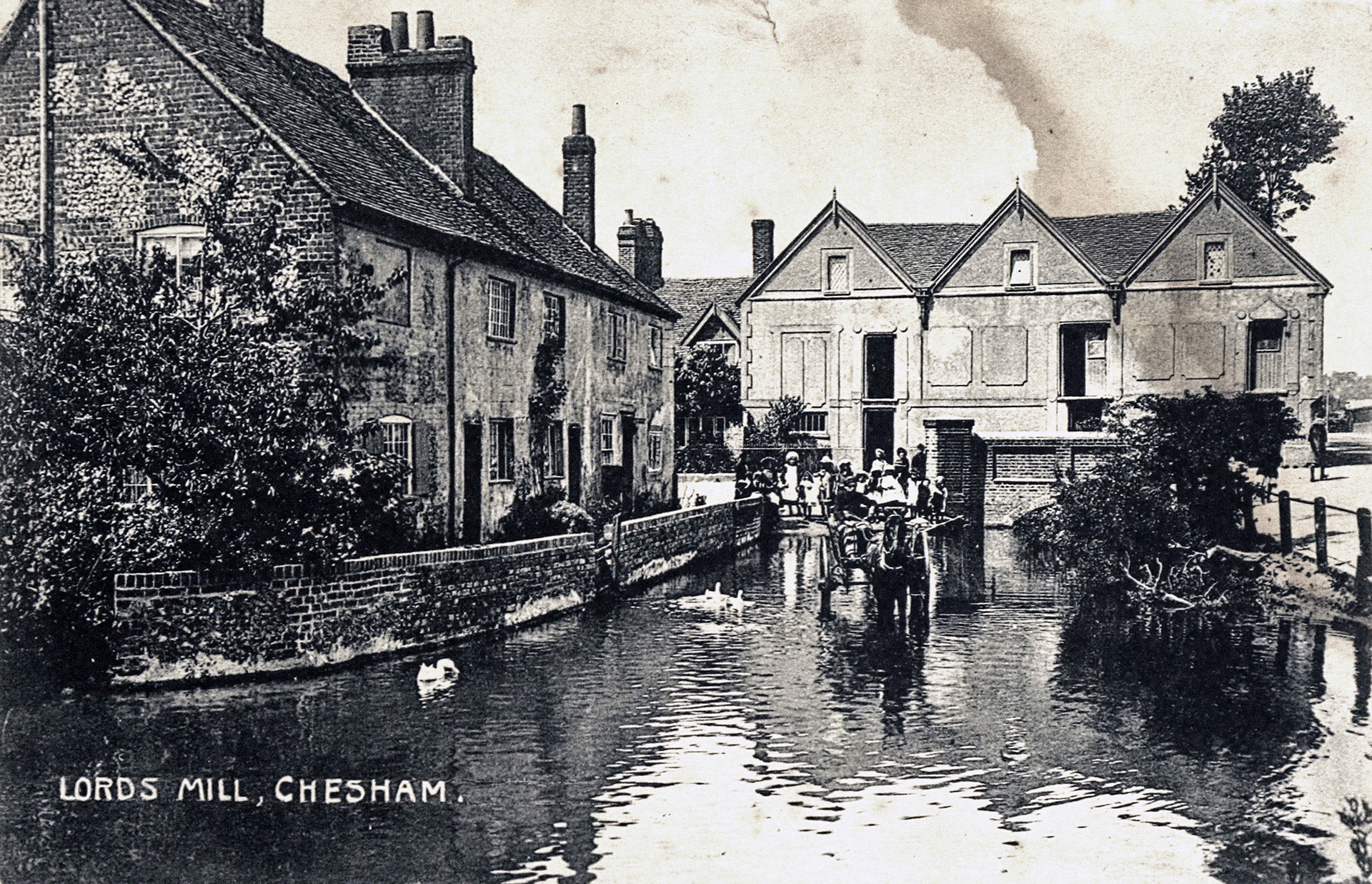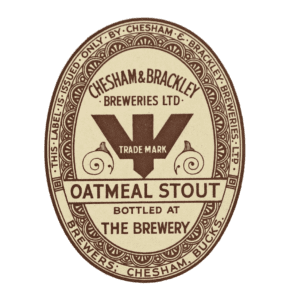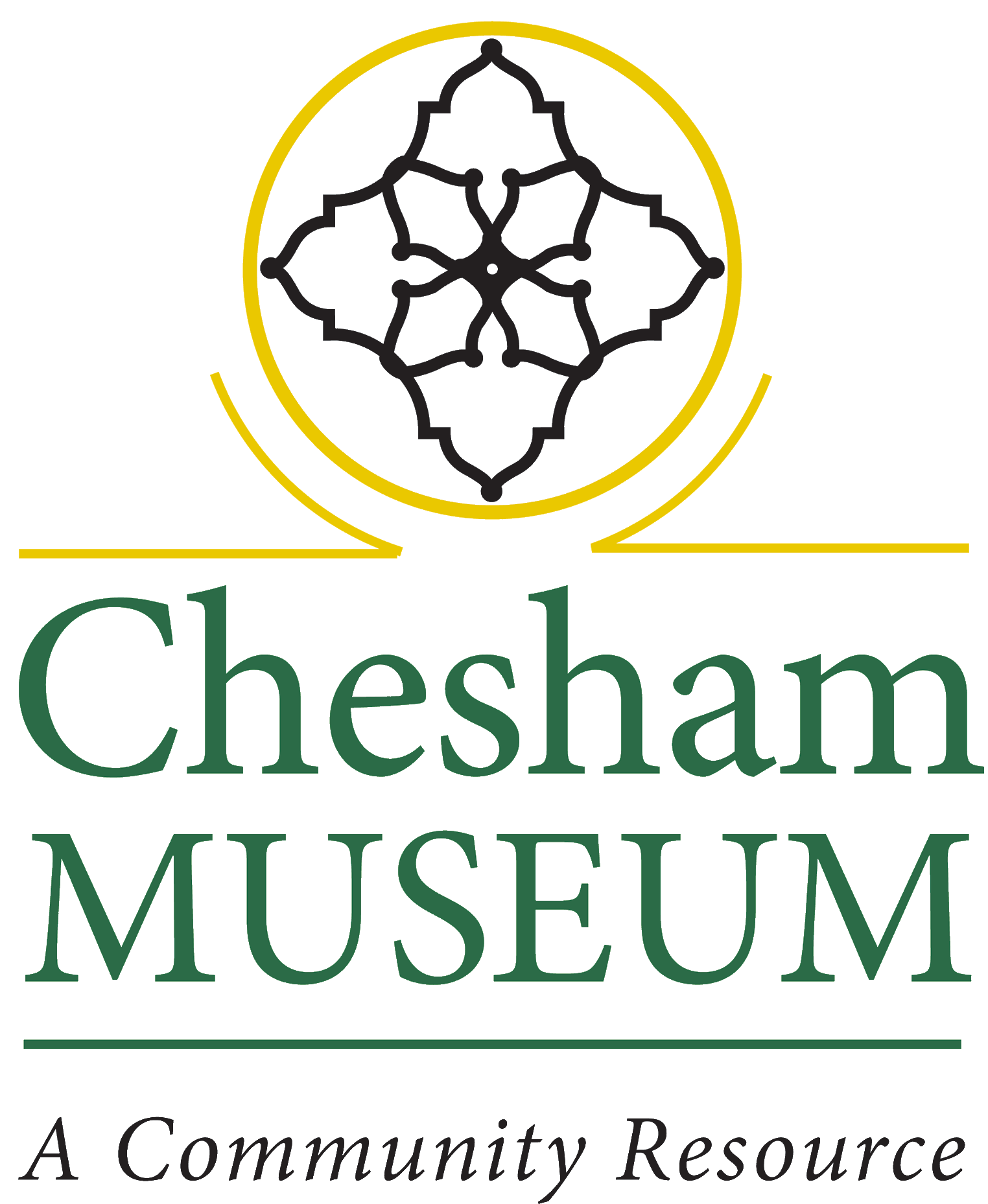Hydropower
‘A nice little town…with a stream of water running through’
William Cobbett 1822

The early settlers
From its earliest existence the River Chess provided a source of water, vital to everyday life. Evidence of the first settlers has been found around East Street around 5000BC. In the Roman era there were farmsteads along the valley, notably a villa at Latimer, where people kept cattle, sheep, and chickens, and grew fruits, vegetables, and grain. Some of this produce supplied the Roman capital of Verulamium (St Albans).
The mills
In 1086 the Domesday Book records there being four mills across the three manors that covered Caestreham, as Chesham was known then. The mills were used to grind corn, and later to tan leather, cut wood and make paper.
The oldest mill is Lord’s Mill on Moor Road. When it closed in 1955 it was the oldest working mill in Buckinghamshire. Amy Mill was closer to the centre of town and Cannon’s mill was downstream, where Waterside becomes Latimer Road.
Some mills were later used for tanning. Tan Mill stood on Red Lion Street. Along this stretch of the river there were tanning pits, which used the river’s water to soak animal hides to make leather.
Brewing
In the 19th century there were several breweries in
the town. The Chesham Brewery Ltd (later Chesham & Brackley Breweries Ltd) used the spring water, giving a distinctive taste to the beer.

Watercress
In the 19th century over 30 acres of land around the river was being used to grow watercress, which thrives in chalk water. Wells were drilled to draw up the water to grow the leafy vegetable, which was picked, packed in willow baskets, and sent via the Metropolitan Railway to markets in London and large towns in northern England.

Next: The Metropolitan Railway


